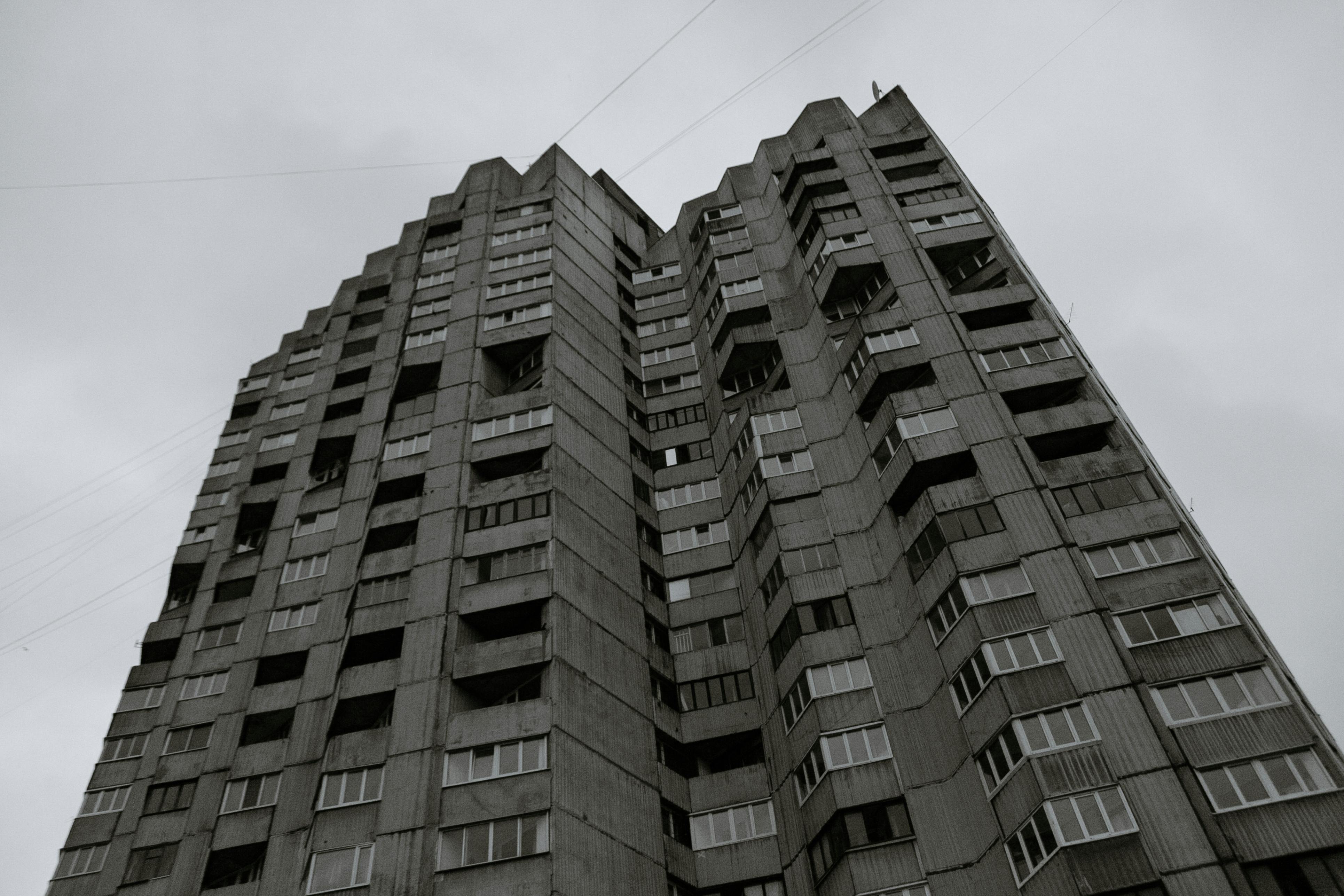The history of fire and fire fighting goes back thousands of years. From the time man learned how to start a fire, fire-related accidents have occurred time and time again. Over time, we have established many agencies, forces and groups to fight fires and help people recover from the loss of life and monetary losses caused by a fire. Throughout this article, we would be focusing on those moments in history that have led us to change the way we have perceived fire and firefighting. We will show how we have established different units to combat the different afflictions caused by the fires and how we have improved in our effort over the years.
Man had learned to control fire thousands of years ago, and archaeological evidence found in Egypt and China bear witness to this fact. According to historical sources, Caesar formed the first firefighting team to protect Rome against fires.
Throughout the history of the United States, there have been massive fires; the first at Jamestown in 1608, just a year after it was founded. This was a massive conflagration and led to enormous loss of life, property, and money. This left the people with only two options, return to England or face the brunt of angry Indians and the belligerent winter cold. This was the first major fire in United States history, and many more followed.
Boston was founded in 1630, and this city has probably seen the most conflagrations in the United States. The fires of 1631, 1654, and 1676 affected Boston time and time again. These fires represented losses that have not yet been accounted for today. The fires were so severe that they led management to think seriously about fire suppression and prevention. All this led to the formation of new codes and rules regarding firefighting, including laws regarding the use of open space, fire-resistant building material, and the formation of firefighting departments. These were the first ‘written’ rules relating to the prevention and extinction of fires.
Again, it was after the first great conflagration in Boston in 1631, that a law was passed in Massachusetts in 1638 banning smoking in public places to reduce the devastation caused by fire and prohibiting the public display of fire-causing items. Peter Stuyvesant was the first American governor to form a firefighting association in the form of “Fire Wardens” in 1648, who were supposed to protect new establishments being established in New Amsterdam (now New York). The ‘Fire Wardens’ were the first firefighting group in America. Some of the responsibilities of the fire guards include ensuring the safe exit of all those trapped in the inferno, especially escorting disabled people to the predefined safe exit, ensuring that all doors, windows and all equipment that could cause a fire fire in the future must be extinguished provided there is no danger to the personal safety of the firefighters. Most of the rules and responsibilities established for firefighters have served as the basis for most existing rules and guidelines, especially in the US.
Because Boston had witnessed some of the most devastating conflagrations of the 17th century, the first paid fire, engine, and fire departments were established here in the latter part of the same century.
Following in the footsteps of the Boston administration, the New York administration also established the Volunteer Fire Department in 1737. According to internal United States government records, about 73% of all firefighters in the United States entered via VFD or Volunteer Fire Departments. The main difference between volunteer firefighters and regular firefighters lies in the fact that volunteer firefighters do not actually work fixed shifts and do not reside in fire stations; rather they are called as and when they are needed. Since the inception of the Volunteer Fire Department in New York, firefighters have served the nation again and again through this medium.
From here, awareness of fire, fire suppression, and the need to suppress potential fire hazards grew, and Benjamin Franklin established an insurance company that covered fire losses, known as American Fire Insurance Company.
This was the starting point of the long dispute between the insurance companies and their clients in the United States. The first major incident that occurred after dozens of fire insurance companies, claiming to cover all losses suffered due to fire, sprung up in abundance, was in December 1835 in New York, when the Great Fire of New York left thousands homeless and jobless and most of the insurance companies that had covered the buildings involved went bankrupt due to the Great Fire.
After this incident, more stringent measures were put in place to make sure that insurance companies covering fire losses were not overinsuring more than they were capable of covering in the near future. Laws related to this topic were also applied and put into practice.
Uniformity was felt in the practices followed by firefighters and establishing a congruence between fire prevention and fire insurance. This led to the formation of the National Fire Underwriting Board, which was founded in 1866 and was responsible for investigating matters related to fire losses, how they were covered by insurance companies, and catching defaulters, if any.
This led to a win-win situation for firefighters, insurance companies and the general public in which none of the three parties involved in an arson, conflagration or natural fire could be fooled by any of them. Later, this guild, which was made up of many companies and dealers, came together and formed what is now known as the Insurance Service Office. The ISO is headquartered in Jersey City, New Jersey and contains more than 11 billion insurance records to date.
Firefighters and firefighters have been put to the test time and time again and the Great Chicago Fire of 1871 and the Wisconsin wildfire the following year were two such situations. These two incidents led to 1/4 of the insurance companies and firefighting houses disappearing and was a huge blow to the morale of the firefighting administration as a whole in the US.
One incident that led to changes in existing rules about how to prevent fires and what types of signals and preventative measures were used was the Iroquois Theater Fire in Chicago, Illinois in December 1903, which killed more than 600 people. Supposedly, the building was completely fireproof according to the preventive measures existing at the time. When investigated, it was revealed that although the building was carved out of a fully fireproof material, there were some flaws in the construction that caused Hell to break out. Furthermore, confusing signals showing that a firefighting emergency exists and the inability of security to combat stampedes and fires were the main reasons for these catastrophic results. This led to some basic modifications to existing laws at the time, including some obvious things like doors that open outward rather than inward, the mandatory installation of fire alarm systems, and a mandatory fire exit drill that had to be conducted. weekly for security employees to make them able to fight against such situations.
Firefighting, as we know today, is not just limited to fighting and preventing fires, but firefighters are seen as those heroes who have come to the rescue of many lives trapped in dangerous situations, be it a child trapped in a building great height. or an old woman trapped in a sewer. The role of firefighters has changed over the years, and a major incident in history, which led to this metamorphosis, was the 1906 San Francisco earthquake. This earthquake lasted for more than 90 minutes and destroyed more than 500 city blocks, killing more than 600 people. Firefighters were tasked with saving lives of people trapped in rubble, under rubble, or trapped in a fire. The traditional roles changed from here and gave rise to the new roles of firefighters, who evolved from firefighters to heroes for many.
Even after so many drills were held, preventative measures were taken, and so many rules were put in place, devastating fires still happened from time to time, reminding us of the importance of involving the latest technologies and ideas in firefighting. One such incident, which occurred in modern times, was the Boston nightclub fire, which engulfed the Coconut Grove nightclub, leaving 500 dead and recording as the worst nightclub fire in history.
Things changed with the times, and after the Boston Nightclub incident, the use of technology and the sedate use of modernity in firefighting equipment led to the phasing out of traditional equipment. Gasoline powered fire fighting engines were introduced in 1900 and the last steam engine was retired in 1932 in New York. The concept of paid firefighters was also introduced, and it caught up with the department very quickly. Wes Barnes, was the City of Jefferson’s first paid fire chief, receiving a salary of $45 a year.
In the series of new changes relating to fire fighting and prevention, ‘Sparkey’, the fire dog was introduced as the NFPA mascot as a symbol of national safety in 1950. The story behind Sparkey is an interesting one. Sparkey was a shy pup, who would sit outside a school fence and wanted to play with the children, but being shy this Dalmatian would stay away. One day, while he was following these children to his house, he saw that the children’s house was on fire. The dog went barking to the fire station to call the fire brigade, and this made Sparkey the symbol of national security.
It has not been a smooth ride for the firefighters and their respective departments. During the 9/11 attack on the WTC twin towers and the days after, there have been some tragic days for firefighters. During the incident, many firefighters, most of whom were volunteer firefighters, went missing or lost their lives. There were skeptical opinions about the then mayor of New York, Rudy Giuliani, regarding the lack of preparation of the firefighters he had sent on duty, for which many of them had to lose their lives. Whatever the end result, the firefighters fought the circumstances with all their might in that situation as well, and were the silent heroes of so many lives they had saved.


